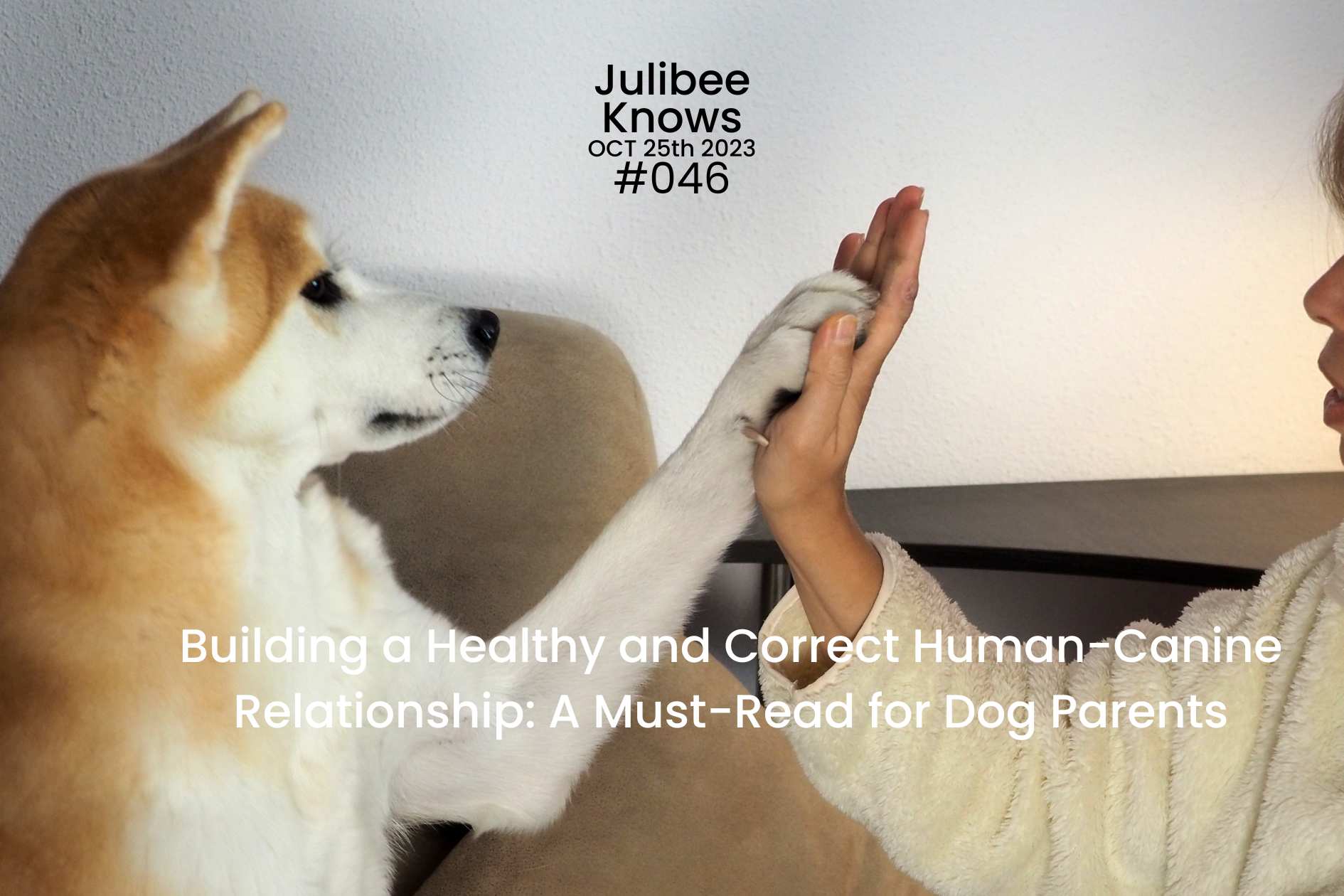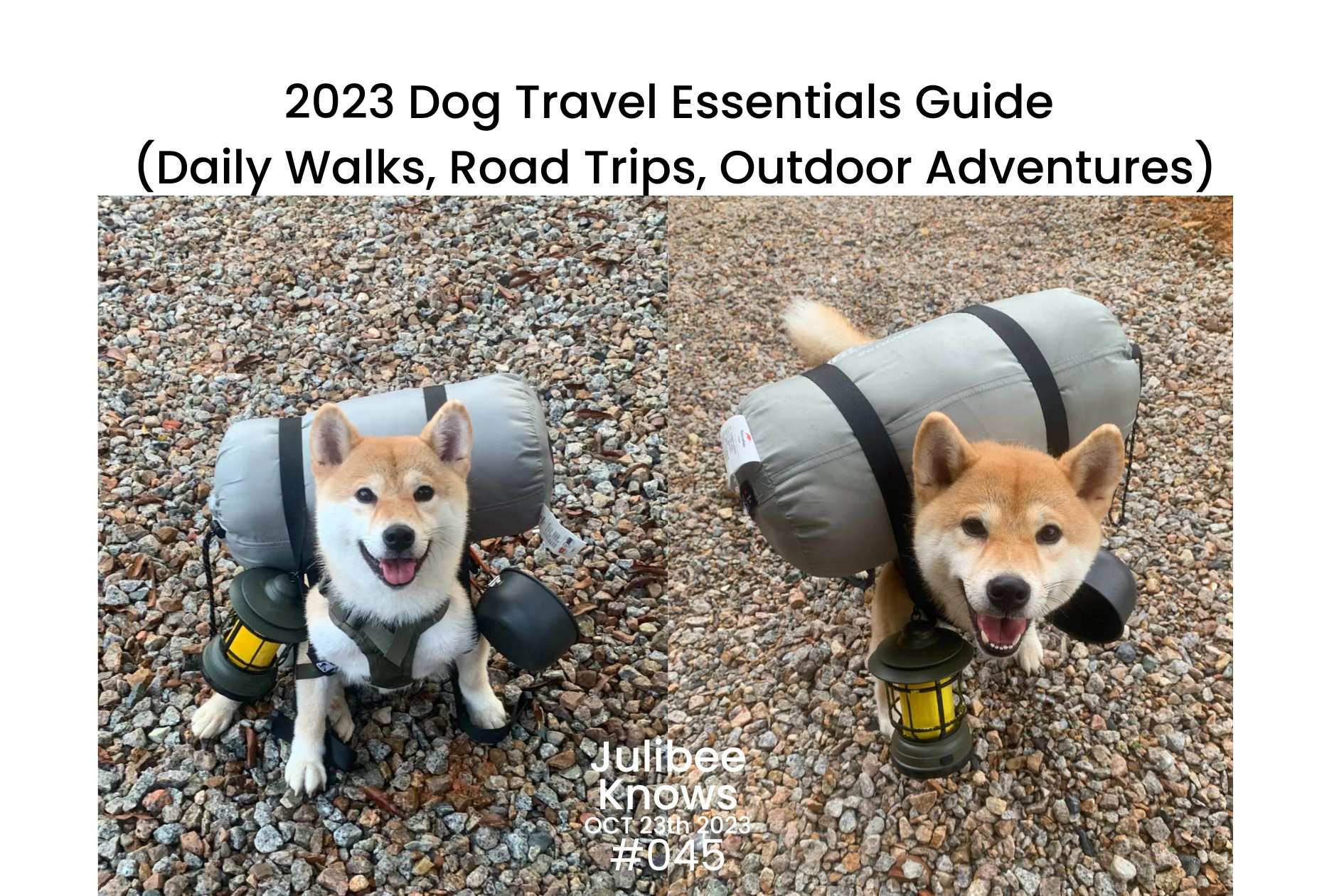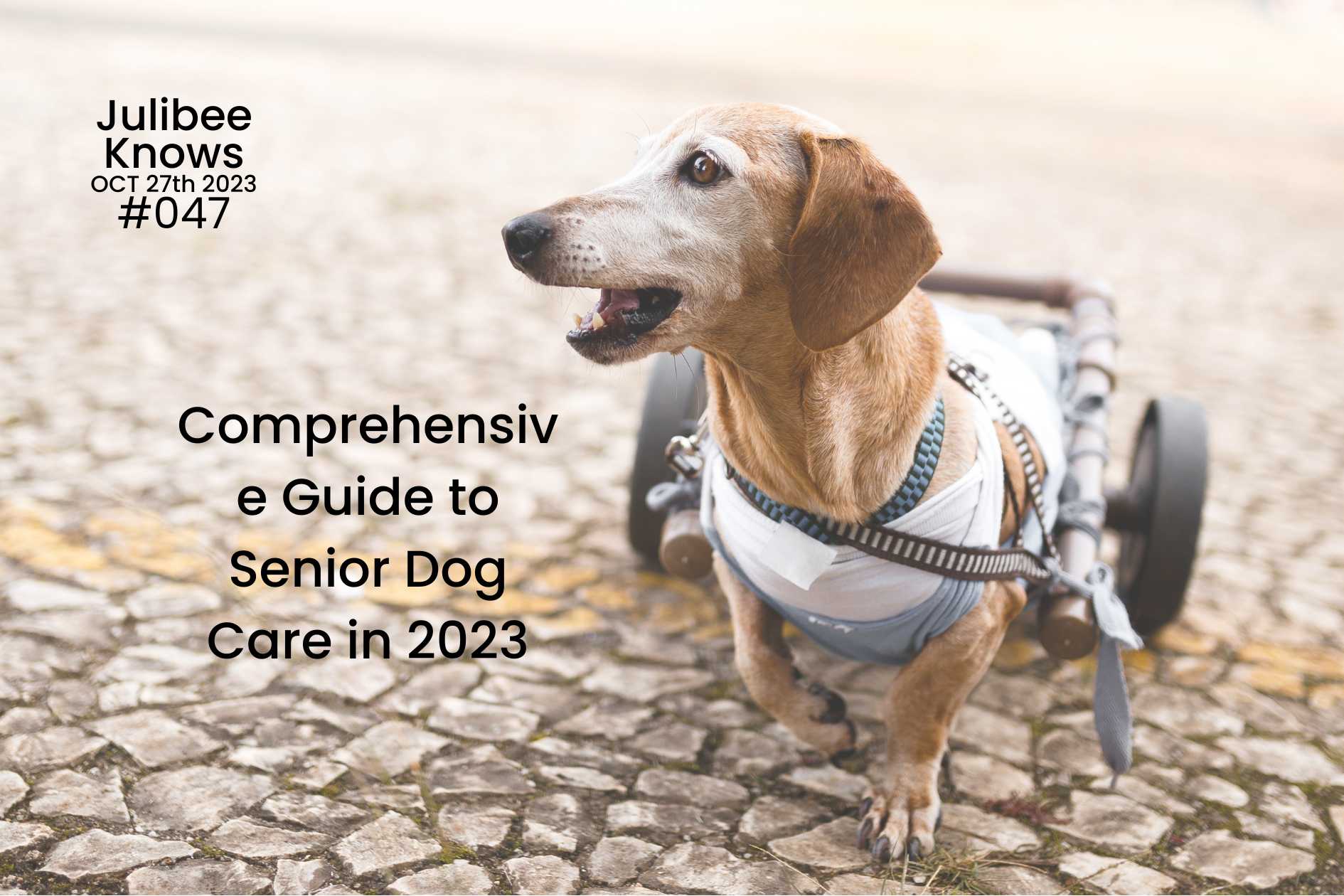
Building a Healthy and Correct Human-Canine Relationship: A Must-Read for Dog Parents
Discover the secrets to nurturing a strong and meaningful bond with your furry companion. Explore the intricacies of human-dog relationships, from understanding to mutual respect. Learn how to bridge the gap between expectations and reality...
When it comes to developing a relationship with your dog, it's essential to view them as interactive and mutually influential life forms, not mere machines that can be fixed or replaced when problems arise. This enduring relationship, spanning over a decade, requires continuous effort and adjustments as both humans and dogs go through different life stages. It's far from static and can't be easily achieved with a few "quick fixes." Like all human relationships, there's no universal template for human-dog relationships. Instead, it's a dynamic process that involves understanding, communication, and mutual respect.

Often, when conflicts arise in our interactions with our dogs, we label them as "problems." This judgmental stance assumes that the dog's behavior doesn't meet our expectations and needs correction. Alternatively, we might believe that the problem lies with the human, which can lead to self-blame and frustration. Shifting from "problems" to "cognitive differences" helps us approach conflicts with a more positive and calm mindset.
Understanding is the first step. Many dog owners are eager to learn about their dogs' characteristics and how to train them. However, the plethora of methods can lead to confusion and frustration. It's essential to start by understanding your own expectations and motives before embarking on the learning process. What do you want your dog to do or not do, and why? Which demands are based on satisfying yourself, and which truly benefit your dog? By clarifying your goals, you can find more suitable solutions and maintain your composure during moments of anger, ensuring your actions don't damage your relationship.
Getting to know your dog is crucial, as they have four identities. Understand the reasons behind your dog's behaviors, their immediate actions, and their needs. Provide as many choices as possible within the constraints of safety. Observe your dog carefully to determine their preferences in areas like food ranking, preferred games, and toys, as well as their sensitivities in different situations. The more closely you observe, the better you'll understand your dog as a whole being, moving beyond simple labels to find the most effective communication methods.

The goal of understanding each other is to respect and meet your dog's needs. For instance, if your dog rushes outside due to an urgent need to smell something, you can pre-emptively identify a sniffing spot and lead them there when they look back at you. In situations that make your dog anxious, guide them to create distance or act as a barrier between your dog and the source of stress. When your dog abandons playful running and returns to you, you can put a leash on and run together. By satisfying the same need in multiple ways, such as handling non-meeting social situations by waiting for the other dog to leave before allowing your dog to sniff, you can ensure your dog's needs are met and help them follow the rules more easily.
Establishing rules is important, given that dogs are pack animals that thrive on consistent rules. As a dog owner, you must adhere to these rules and avoid capriciousness. You should consistently follow the rules, instead of shifting between treating your dog as a playmate or disciplinarian based on your mood. When praising or correcting a behavior, try expressing your emotions in a layered manner. For example, enthusiastic praise for encouragement and gentle, calming praise for maintaining stability. When correcting behavior, adapt the level of correction according to the urgency of the situation, rather than resorting to a simple, harsh "no." Dogs find it challenging to grasp human intent when fearful, so employ nuanced, calm communication to keep their psychological state stable, making it easier for them to learn.

Humans are primarily logical beings and excel at verbal communication. Dogs, on the other hand, are visual and tactile animals who thrive on details. You can use visual and tactile signals in addition to verbal cues to help dogs understand better. Furthermore, when praising or correcting, you can express your emotions in a nuanced manner. Adjust your praise to your dog's emotional state - use excited praise for encouragement and calm praise for maintaining stability. When correcting, tailor the level of correction to the current context, employing mild reminders, attention redirection, and hindrance, rather than resorting to a simple and loud "no." By communicating with finesse, you make it easier for your dog to enter a learning mode, promoting a stable psychological state.

